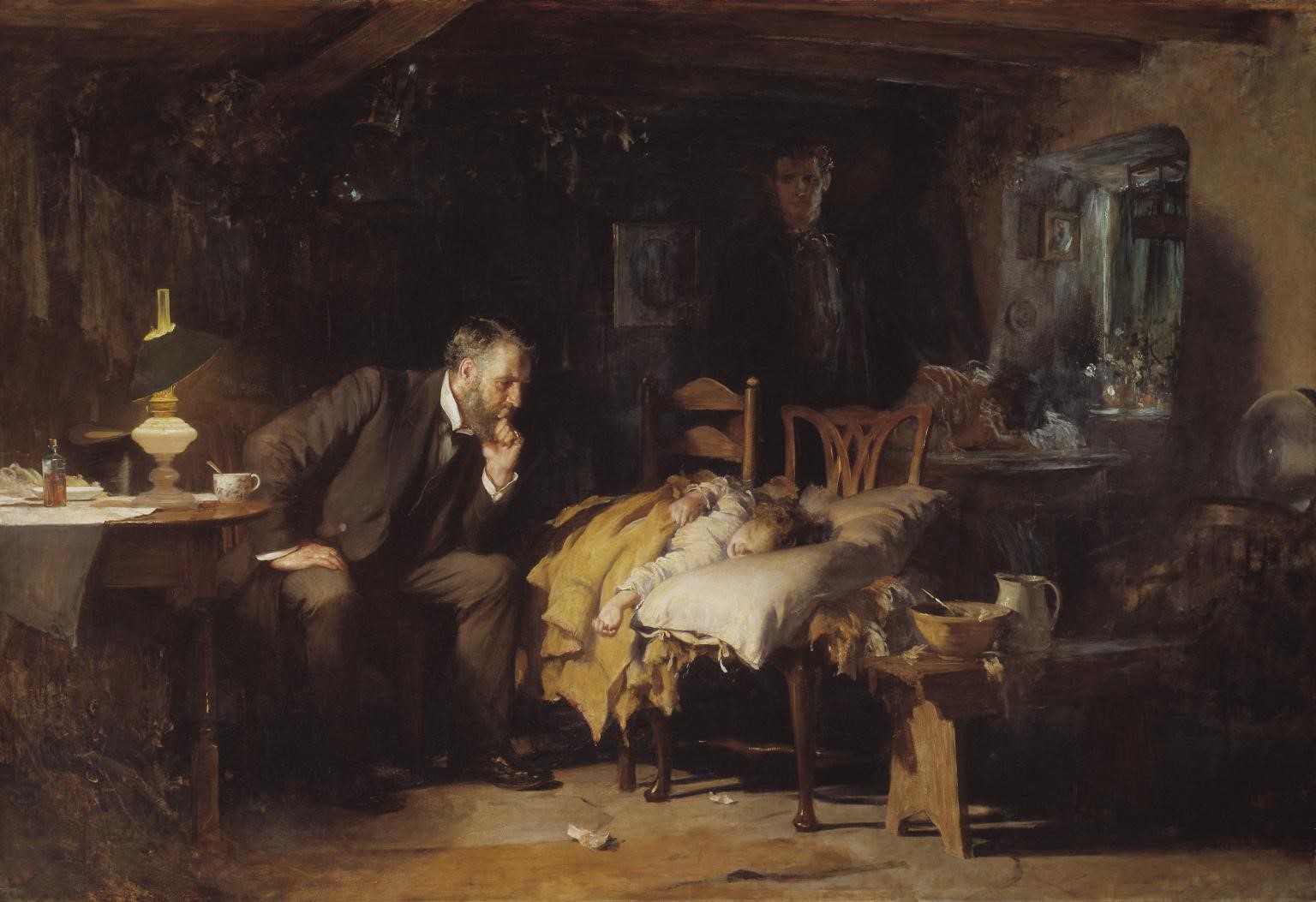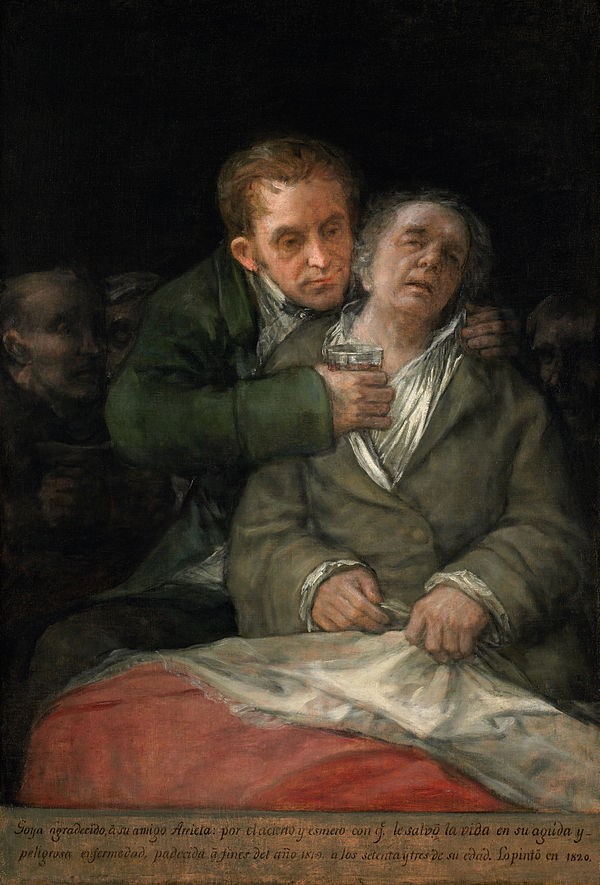Guest Feature by John Wynn-Jones: two paintings and two doctors

 Photo: “The Doctor” Sir Luke Fildes (1891) The Tate, London
Photo: “The Doctor” Sir Luke Fildes (1891) The Tate, London
Dr John Wynn-Jones is well known in WONCA circles and immediate past chair of the WONCA Working Party on Rural Practice. During the COVID-19 crisis he has been writing a daily 'Rural Miscellany' email with poems and resource ideas to help and divert us in this difficult time. After the popularity of his guest column last month on "The Four Seasons" he agreed to entertain us again this month.
There are certain images that appear regularly in the slide presentations of family doctors. We take these pictures for granted as iconic images that help us express our commitment and passion for family medicine.
“
The Doctor” by Sir Luke Fildes is just one of those images, yet most of us probably don’t know the story behind the painting and what led Fildes to paint it. The painting represents a personal tragedy for the artist when his first son died at home in 1877 at the age of one. Many years later, Fildes’ other son and biographer wrote:
“The character and bearing of their doctor throughout the time of their anxiety, made a deep impression on my parents. Dr Murray became a symbol of professional devotion which would one day inspire the painting of The Doctor.” Fildes set this narrative painting in a rural cottage in Devon rather than in his home in London and he used his daughter as a model for the child. In order to establish the right atmospheric impact, he even built a mock-up of the cottage in his own studio. You can see the anxious and distressed parents waiting silently in the background while the doctor sits next to the sick child in deep concentration.
I remember home visits to isolated farms in the middle of the night. How many times have we looked at sick children and wondered whether we should treat them at home or admit them to hospital? Its only you, the doctor who can make that final agonising decision.
I have shown this image to medical students and asked them to build a story around the picture. Family medicine and in particular rural family medicine is all about stories. There is a narrative to every crisis, tragedy and illness and I worry that the changes we are now seeing in family medicine, especially during this pandemic, may change it forever. Evidence based medicine talks about diseases but patients and their families experience illnesses. Every illness is a unique personal experience and we as family doctors share those experiences with our patients.
“
The Fortunate Man” is a book about a rural GP written by John Berger in the 1960s. Berger tells us that above all else, the GPs main role is to manage the patient’s anguish. He goes on to say “
Landscapes can be deceptive. Sometimes a landscape seems to be less a setting for the life of its inhabitants than a curtain behind which their struggles, achievements and accidents take place. For those who with the inhabitants are behind the curtain, landmarks are no longer only geographic but also biographical and personal” It is being part these stories with our patients that puts us also behind that curtain.

I would like to share one more painting with you that also tells us a story. It is a self-portrait by the great Spanish Master Francisco de Goya with his friend and doctor Eugenio García Arrieta.
"
Self-portrait with Dr Arrieta" by Francisco Goya (1820), Minneapolis Institute of Art.
Goya suffered a mysterious severe illness in 1792 which left him deaf and partially blind. He suffered a further bout of illness in 1819 when he became gravely ill again. We don’t know the cause of his illness, but we know that he was cared for by Dr Arrieta. Goya painted this a year later as a gift for the doctor for saving his life. An inscription on the painting reads “
Goya, in gratitude to his friend Arrieta: for the compassion and care with which he saved his life during the acute and dangerous illness he suffered towards the end of the year 1819 in his seventy-third year. He painted it in 1820. “
Arrieta was known as a Plague specialist and it may be that Goya was suffering with what was then called the Eastern Plague. Whatever the cause, we see a very sick Goya being cared for by his compassionate caring physician.
Both painters have managed to capture that unique narrative in a realistic and truthful way. I believe that they emphasise that family medicine is about the continuity of patient centred compassionate care and long may this continue. When this pandemic is over it will be the stories that we will remember and recount.
Dr John Wynn-Jones